What muscle gains you can achieve from cycling
Cycling can exercise the muscles of the body. I often hear people say, "You can ride without a helmet." In order to ride better, wearing your helmet can give you more safety. Only then can you ride with confidence and boldness, so as to ride at a higher pedaling frequency and better speed. Are you tired of traditional helmets? Smart helmets have a better role in group riding. When riding in a group, you can communicate with your companions. Convey road conditions to each other at any time. You will not fall behind.

Primary Muscles Engaged in Cycling
Quadriceps
The quadriceps, a group of four muscles located at the front of the thigh, are the primary movers during cycling. These muscles include the rectus femoris, vastus lateralis, vastus medialis, and vastus intermedius. As you pedal, the quadriceps contract to extend the knee and push the pedals down, generating significant power. This repetitive action not only strengthens the quadriceps but also enhances endurance and muscle definition. Cyclists often experience increased muscle mass and improved muscle tone in the quadriceps, contributing to more powerful and efficient pedaling.
Hamstrings
The hamstrings, located at the back of the thigh, play a crucial yet often overlooked role in cycling. This muscle group consists of the biceps femoris, semitendinosus, and semimembranosus. During the pedal stroke, particularly the upward phase, the hamstrings contract to flex the knee, assisting in pulling the pedal upward. This action balances the work done by the quadriceps and contributes to a smoother pedal stroke. Strengthening the hamstrings through cycling improves their flexibility and coordination with the quadriceps, reducing the risk of muscle imbalances and injuries.
Gluteal Muscles
The gluteal muscles, comprising the gluteus maximus, medius, and minimus, are essential for powerful cycling performance. These muscles are engaged during the downward phase of the pedal stroke, contributing to the extension of the hip and providing substantial power. The gluteus maximus, the largest muscle in the body, is particularly active and crucial for generating force. Regular cycling enhances the strength and definition of the gluteal muscles, leading to improved lower body strength and stability. Strong glutes are also important for maintaining proper posture and alignment during rides, which can prevent lower back pain and other issues.

Supporting Muscles Activated by Cycling
Calves
The calf muscles, including the gastrocnemius and soleus, are pivotal in providing stability and control during cycling. These muscles are engaged throughout the pedal stroke, assisting in both the downward push and the upward pull. The gastrocnemius, the larger and more superficial calf muscle, works primarily during the downward phase, while the soleus, located deeper in the leg, aids in maintaining stability. Strengthening the calf muscles through cycling helps improve pedal efficiency and reduces the risk of fatigue and cramping during long rides.
Hip Flexors
Hip flexors, particularly the iliopsoas muscle group, are heavily utilized in cycling. These muscles are responsible for lifting the thigh during the upward phase of the pedal stroke, initiating the motion. The iliopsoas, which includes the psoas major and iliacus muscles, works in conjunction with other hip flexors to facilitate smooth and efficient pedaling. Strong hip flexors contribute to better cycling performance by enhancing the range of motion and reducing the risk of hip and lower back injuries.
Core Muscles
A strong core is fundamental for effective cycling, providing the necessary stability and support to the upper body. The core muscles, including the rectus abdominis, obliques, and transverse abdominis, work together to maintain a steady posture and facilitate efficient power transfer from the legs to the pedals. Engaging the core muscles reduces the risk of lower back pain and enhances overall cycling performance. Additionally, a strong core helps maintain balance and control, particularly during challenging terrains or high-speed rides.

Upper Body Muscles in Cycling
Arms and Shoulders
While cycling primarily targets the lower body, the upper body also plays a significant role, especially in providing support and control. The arms and shoulders are engaged to support the body's weight and control the bike, particularly during climbs, descents, and turns. Muscles such as the deltoids, biceps, and triceps are activated to maintain grip on the handlebars and absorb shocks from the terrain. Regular cycling can lead to toned and strong upper body muscles, contributing to overall fitness and improving bike handling skills.
Back Muscles
The muscles of the back, including the latissimus dorsi, trapezius, and rhomboids, are crucial for maintaining an upright posture and supporting the spine during cycling. These muscles work continuously to stabilize the upper body and provide balance. Strengthening the back muscles through cycling improves posture and reduces the risk of back injuries. Additionally, a strong back contributes to better endurance and comfort during long rides, allowing cyclists to maintain proper form and reduce fatigue.

The Importance of Muscle Balance in Cycling
Preventing Muscle Imbalances
Cycling is an excellent exercise for building muscle strength and endurance, but it's important to address potential muscle imbalances that can arise from repetitive motion. Focusing on complementary exercises, such as strength training and stretching, can help balance the muscle groups and prevent injuries. Incorporating exercises that target the upper body, core, and lower body can ensure a well-rounded fitness routine and enhance overall cycling performance.
Enhancing Flexibility and Mobility
Flexibility and mobility are key components of a successful cycling regimen. Regular stretching and flexibility exercises can improve the range of motion and prevent stiffness in the muscles and joints. Incorporating yoga or Pilates into your routine can enhance flexibility, improve posture, and reduce the risk of muscle tightness and imbalances. Maintaining flexibility is crucial for optimizing cycling performance and ensuring long-term comfort and injury prevention.

Good Safety Equipment, Ride with Confidence
"Do I need to wear a helmet when riding?" Without a doubt. Accidents are unexpected, and a helmet offers crucial protection. If you love listening to music while cycling, you might think bone conduction headphones are your best bet, but there's an even better option.
The LIVALL BH60Se Neo smart helmet brings everything together seamlessly. With its Bluetooth system, you can enjoy your favorite tunes effortlessly. But it’s more than just music – this best road bike helmet's sensors can detect falls and automatically send an SMS alert with your GPS location to preset emergency contacts. It’s peace of mind on every ride, knowing you’re protected and connected.
Conclusion
Cycling is a comprehensive workout that targets a wide range of muscle groups, providing numerous benefits for overall fitness and muscle strength. From the powerful quadriceps and gluteal muscles to the stabilizing core and back muscles, every pedal stroke contributes to a stronger, more resilient body. Incorporating cycling into your fitness routine can lead to enhanced muscular endurance, better coordination, and improved cardiovascular health. Whether you're a recreational cyclist or a competitive athlete, understanding the muscles worked by cycling can help you maximize your performance and enjoy the full benefits of this fantastic exercise.
FAQs
How often should I cycle to see muscle gains?
Cycling three to five times a week for at least 30 minutes can help you see noticeable muscle gains and improved endurance.
Can cycling help with weight loss?
Yes, cycling is an excellent cardiovascular exercise that can burn calories and aid in weight loss when combined with a balanced diet.
Is it necessary to do other exercises alongside cycling?
While cycling is a great workout, incorporating strength training and flexibility exercises can provide a more balanced fitness routine and prevent muscle imbalances.









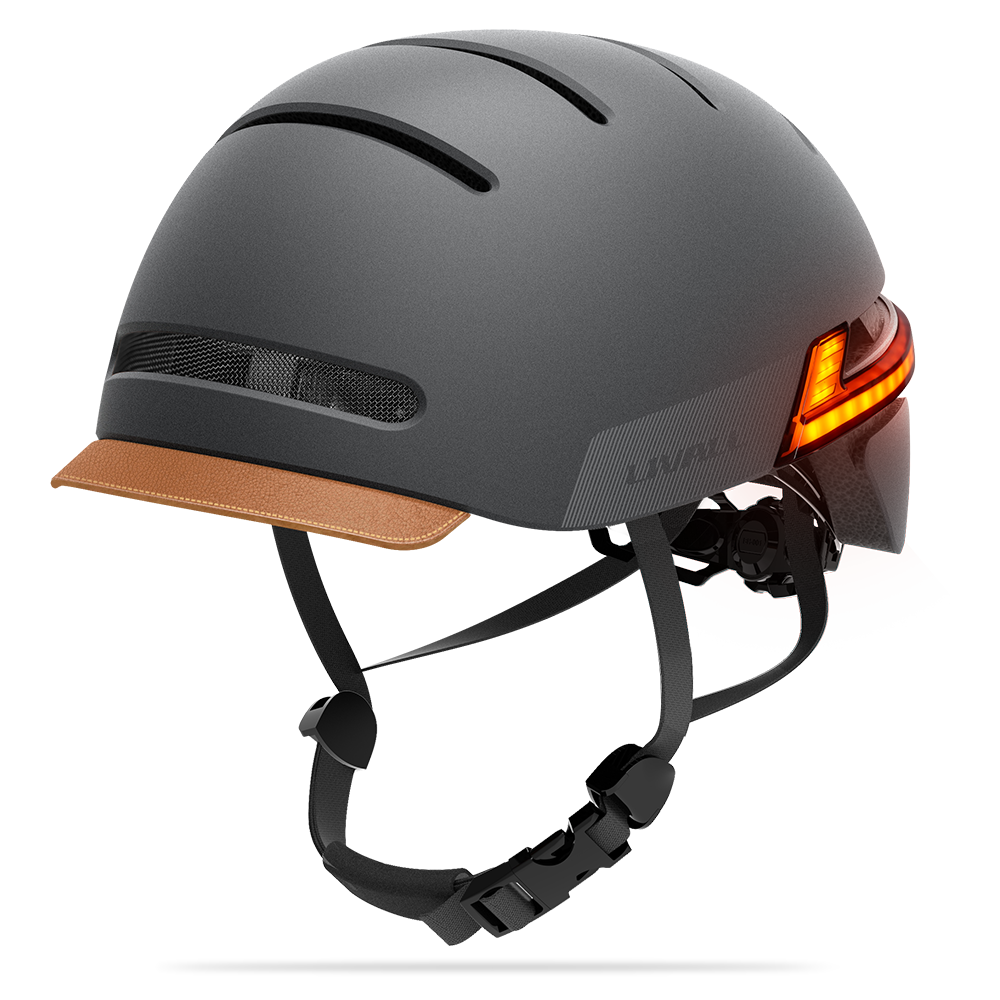




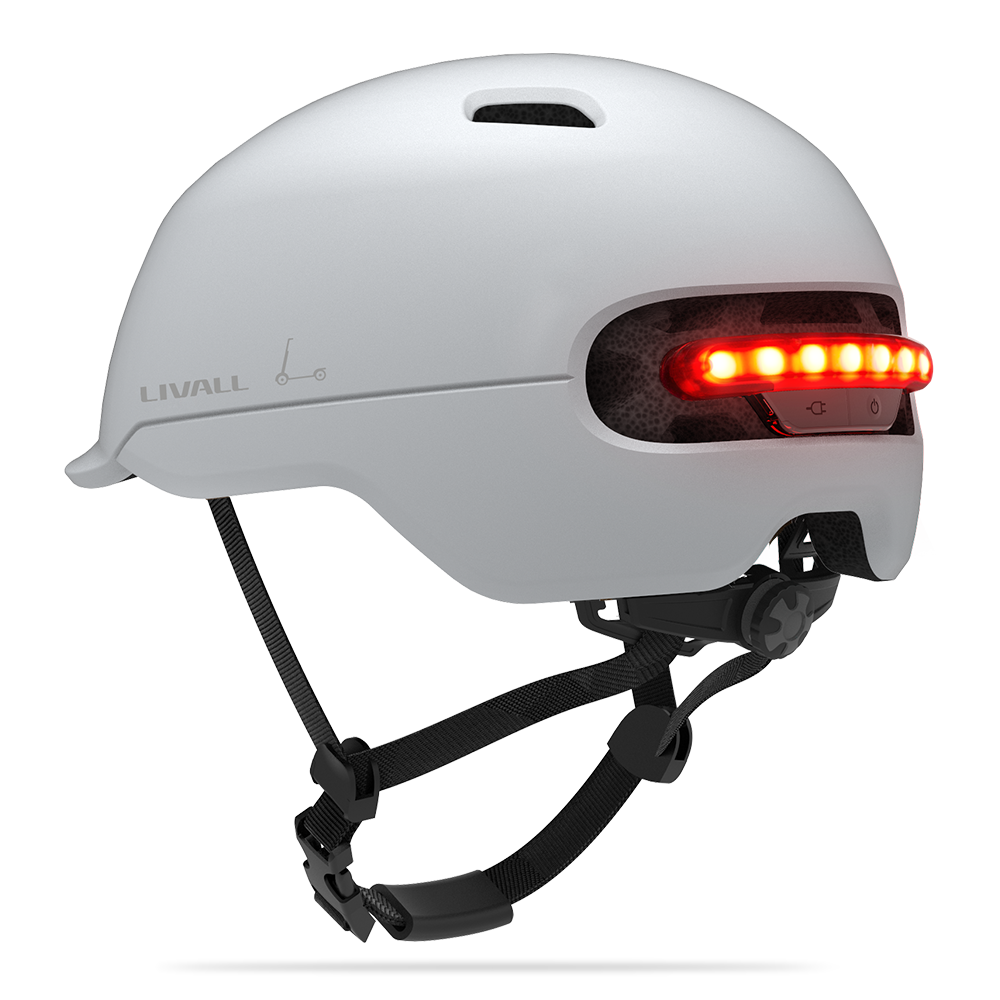
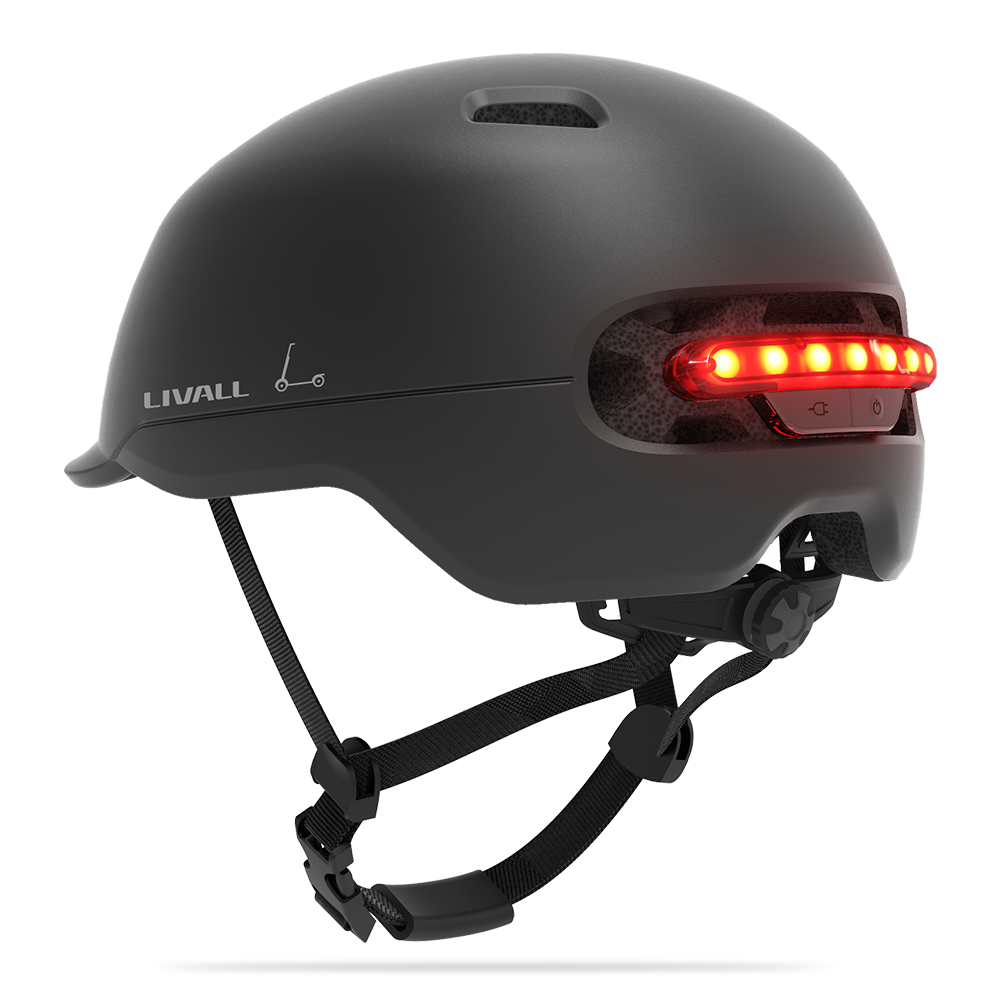
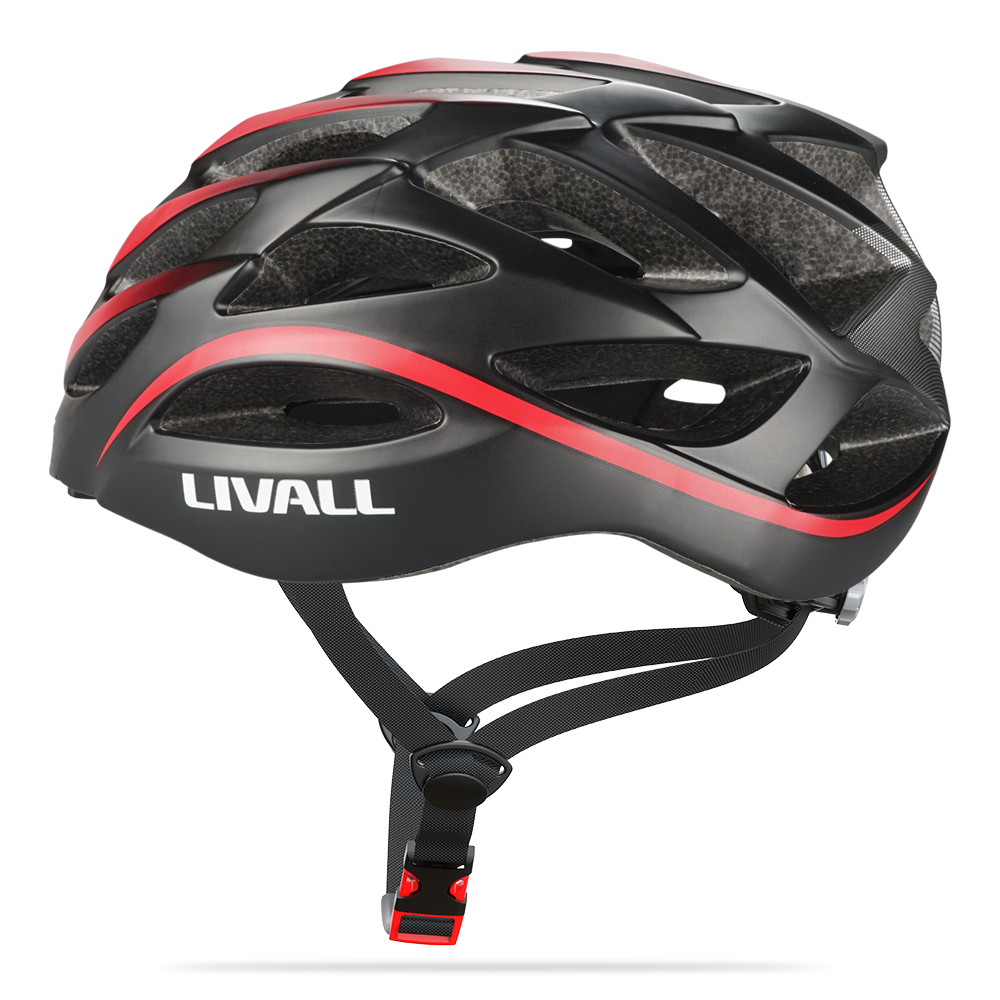
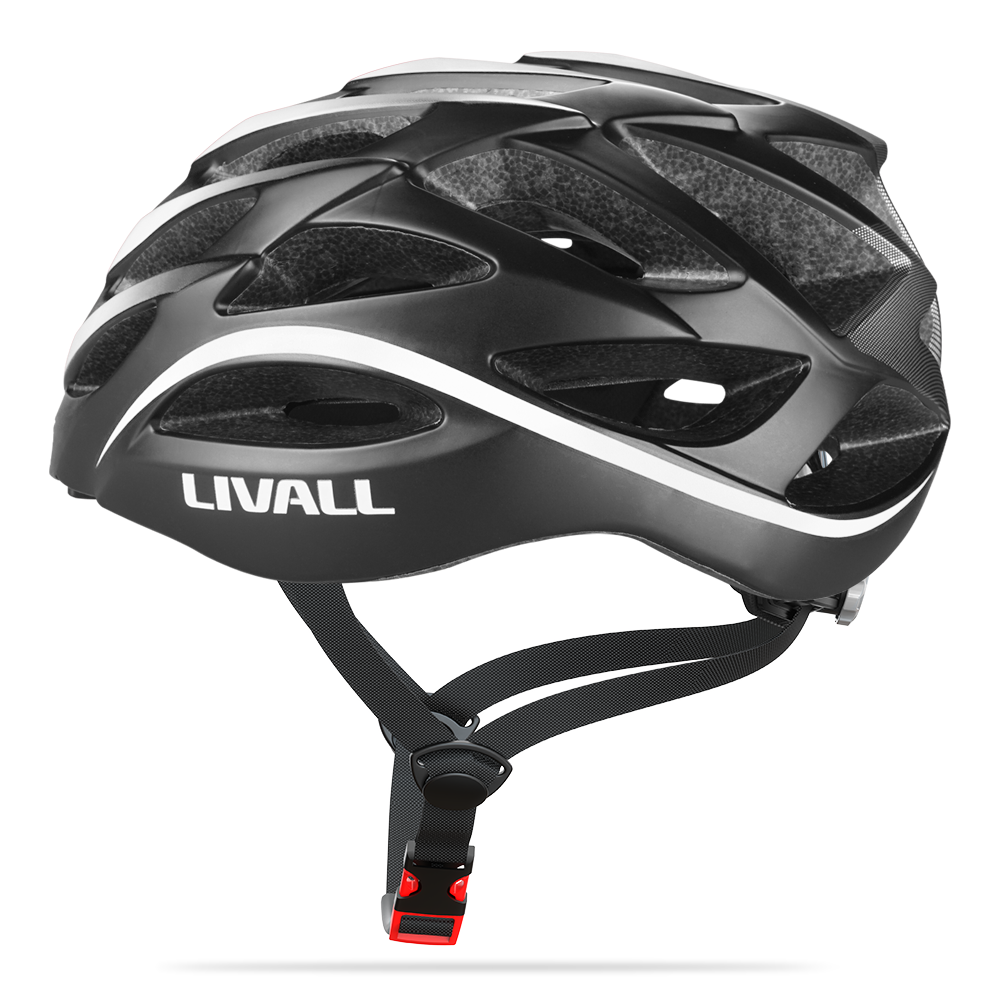


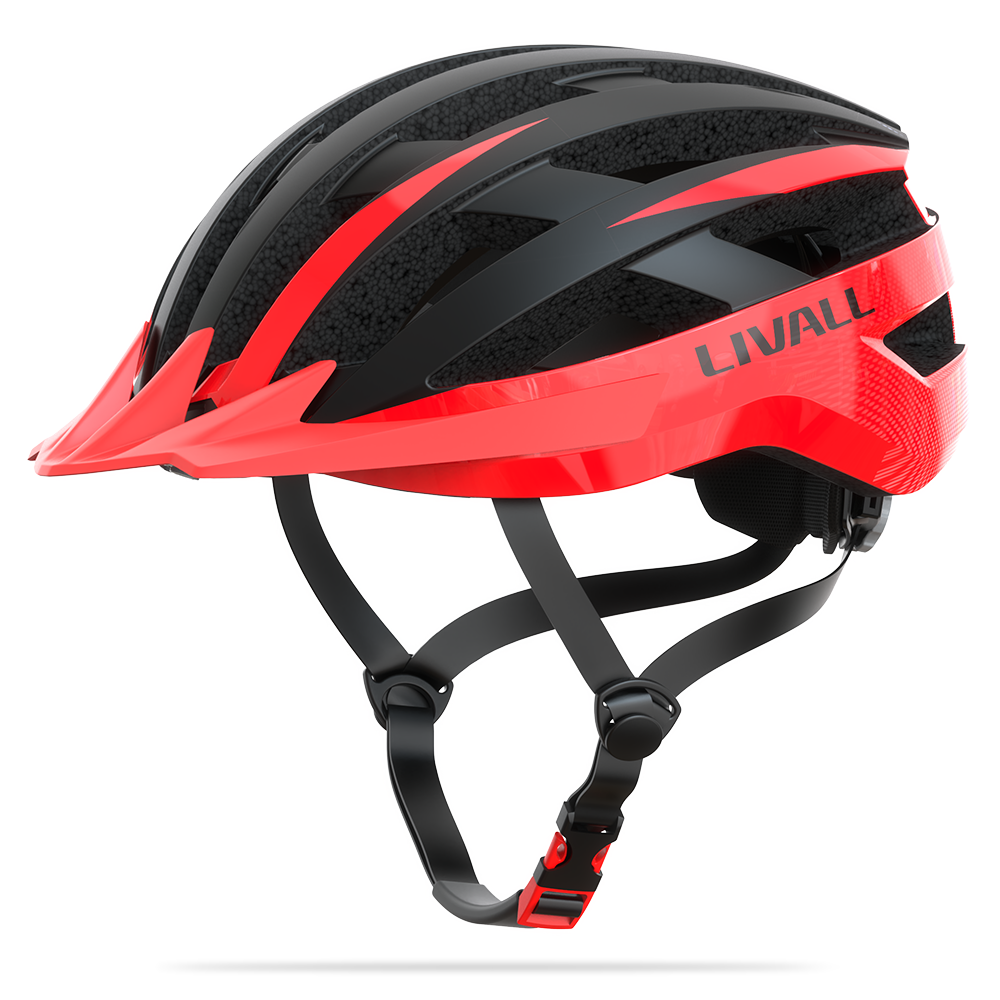

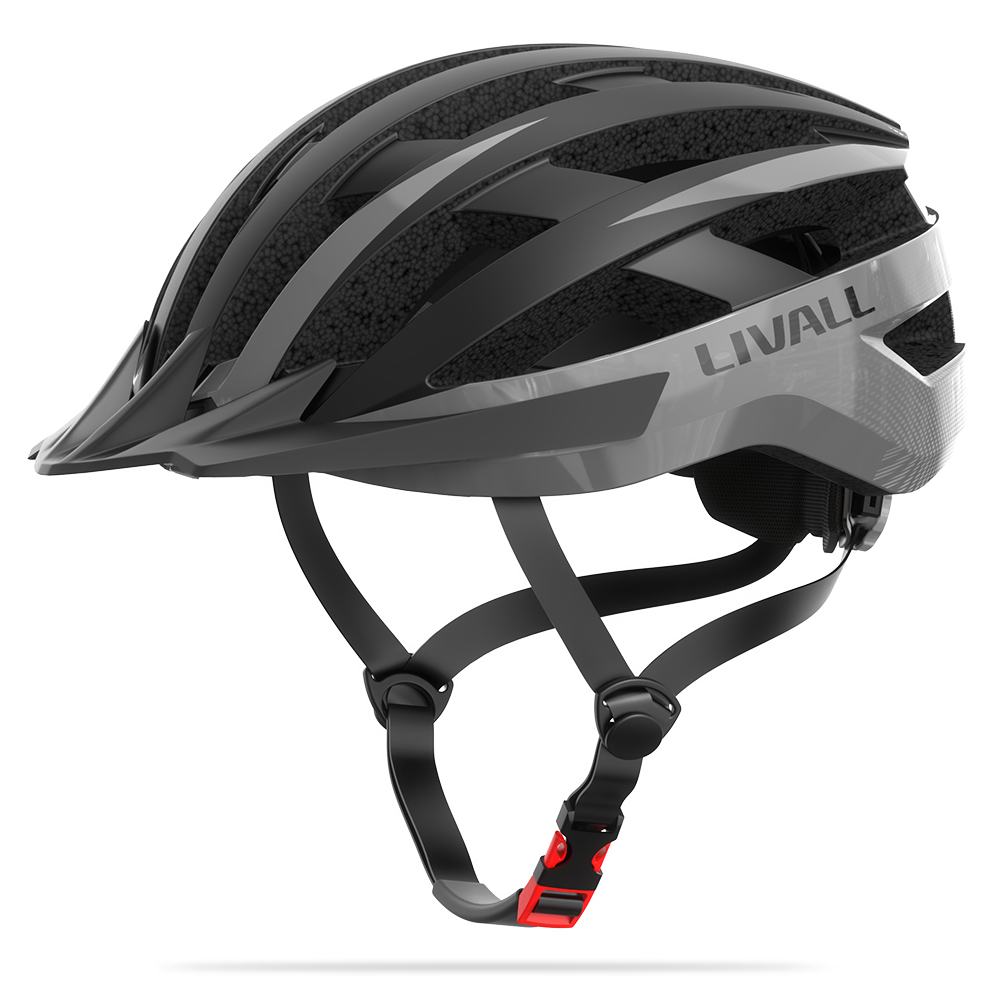
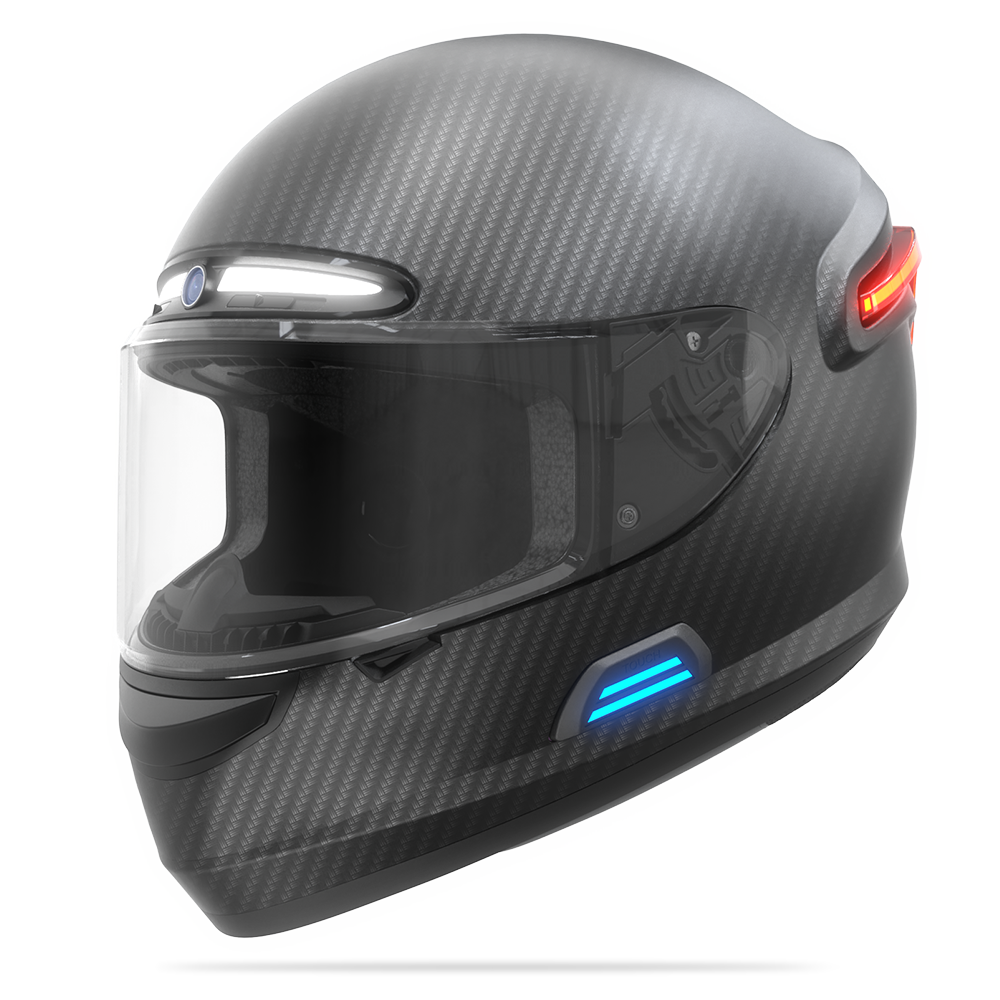


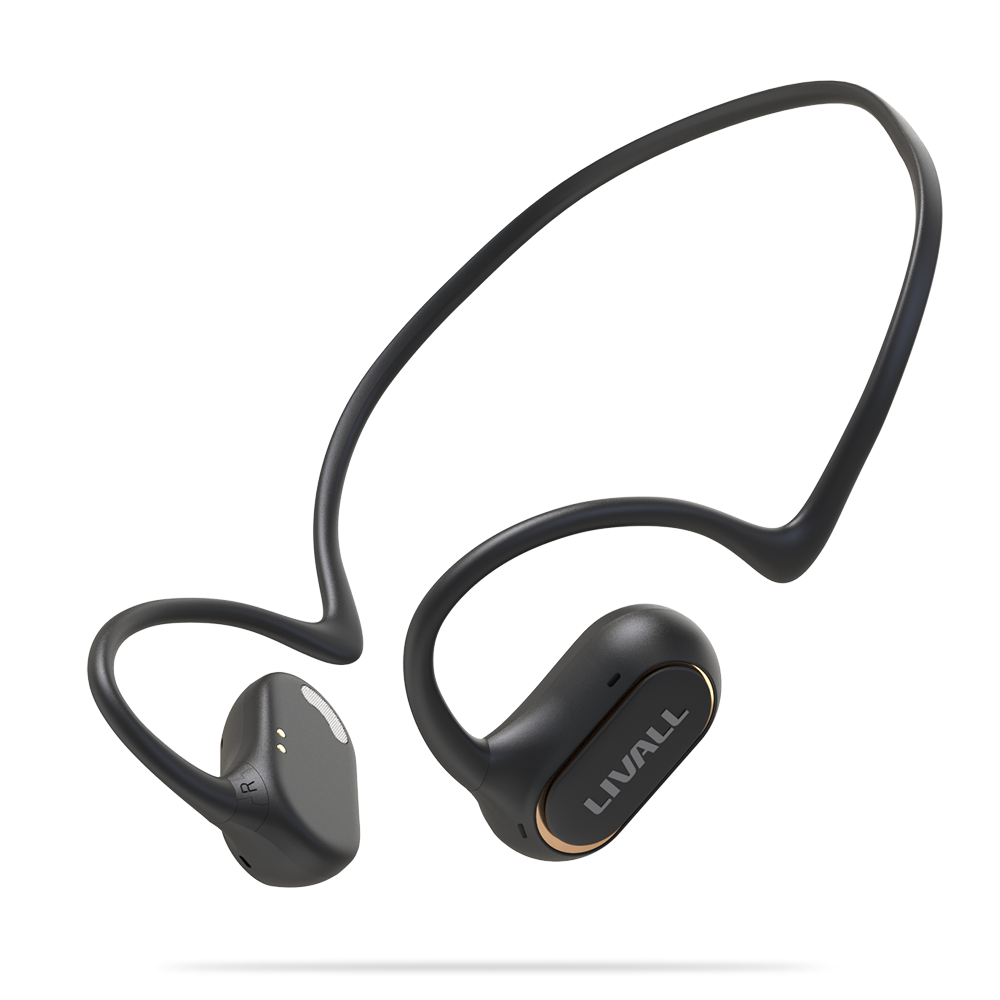

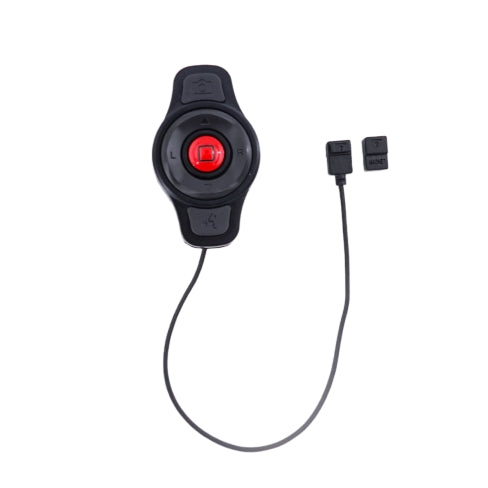
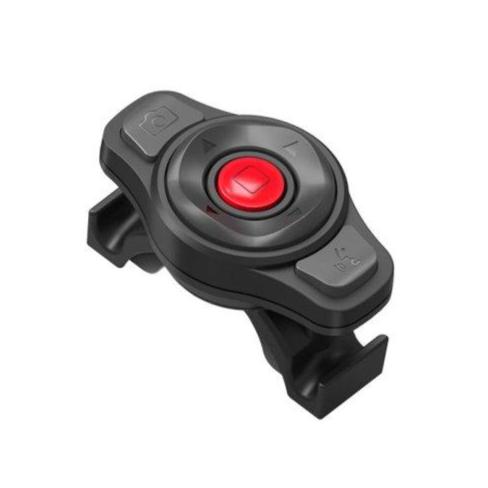
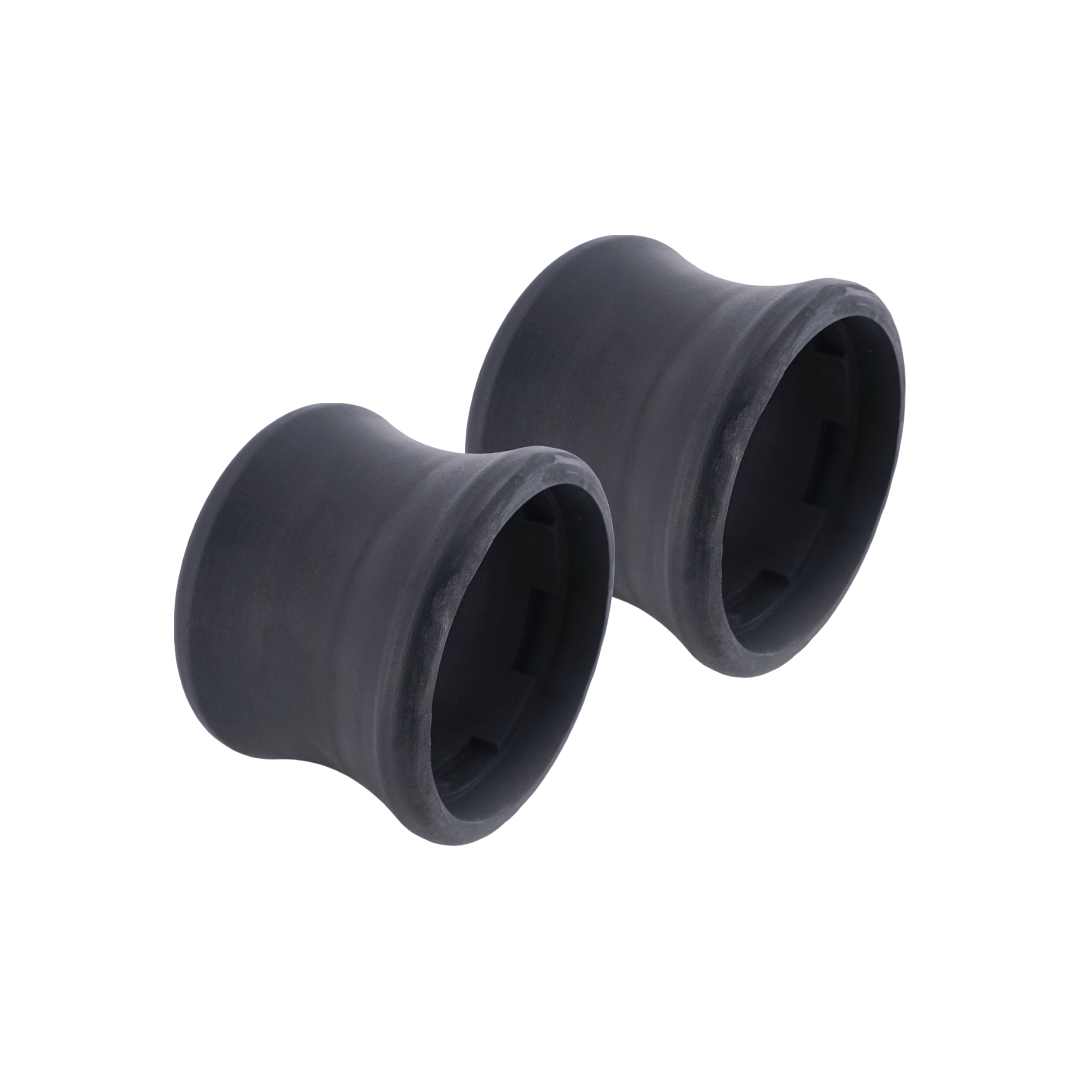
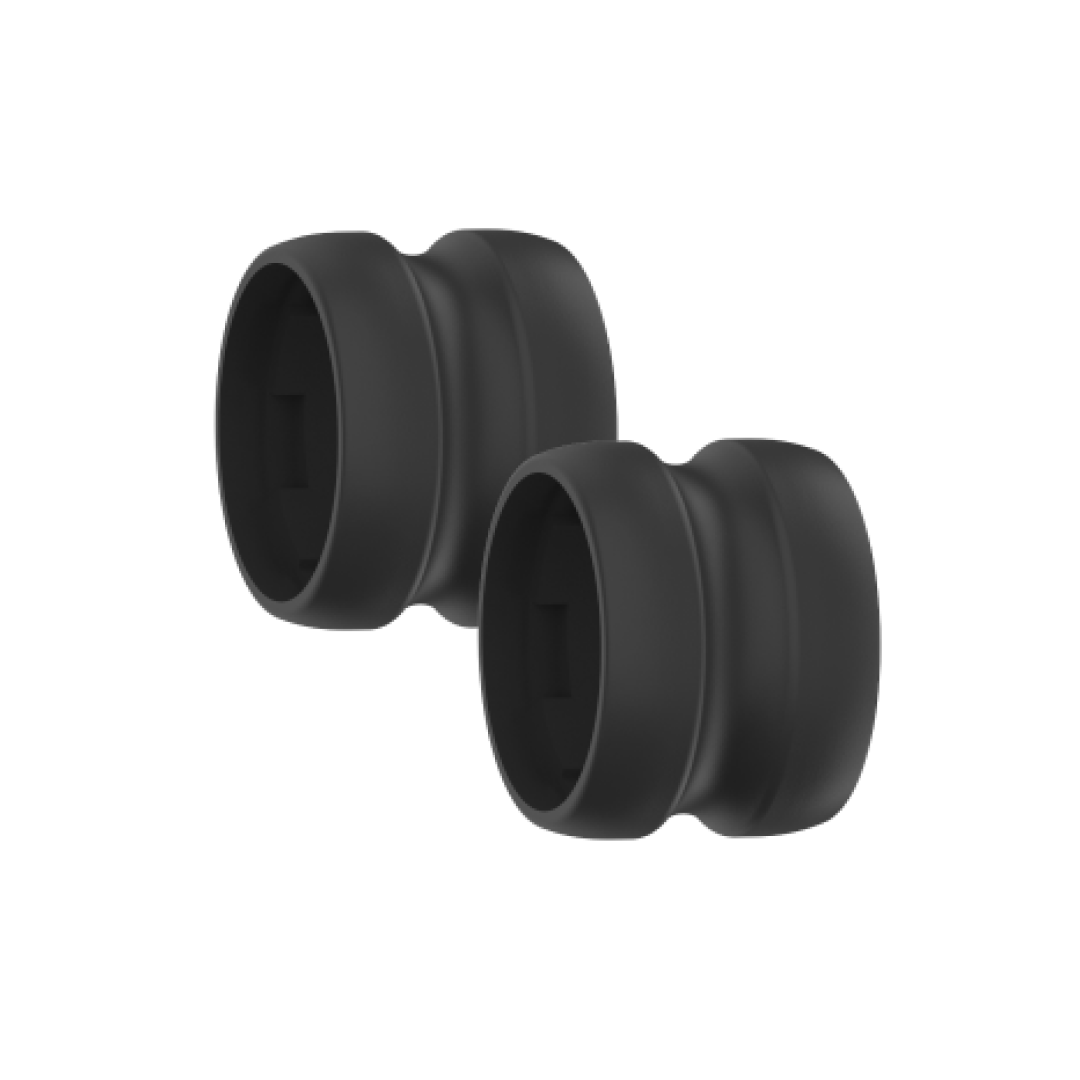
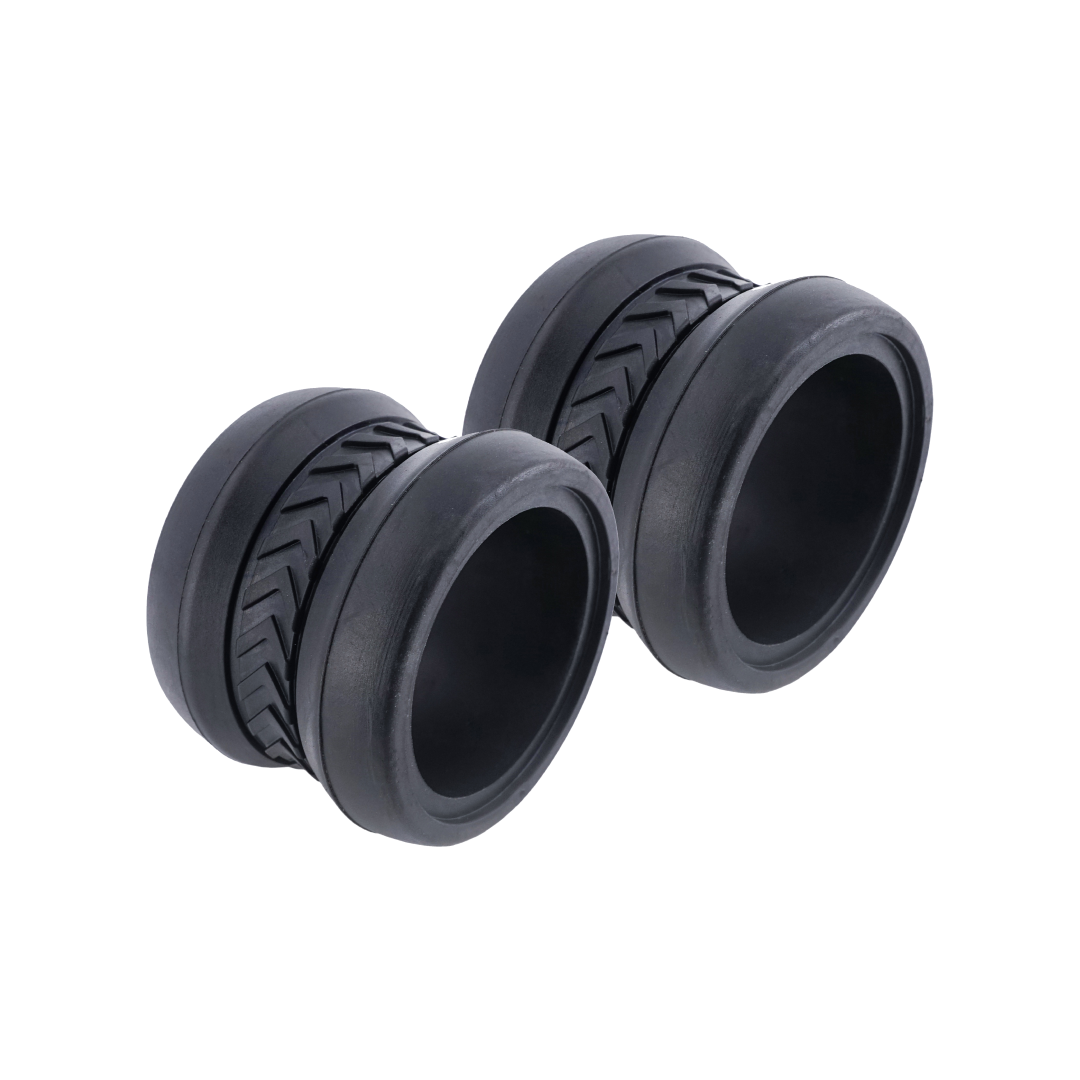


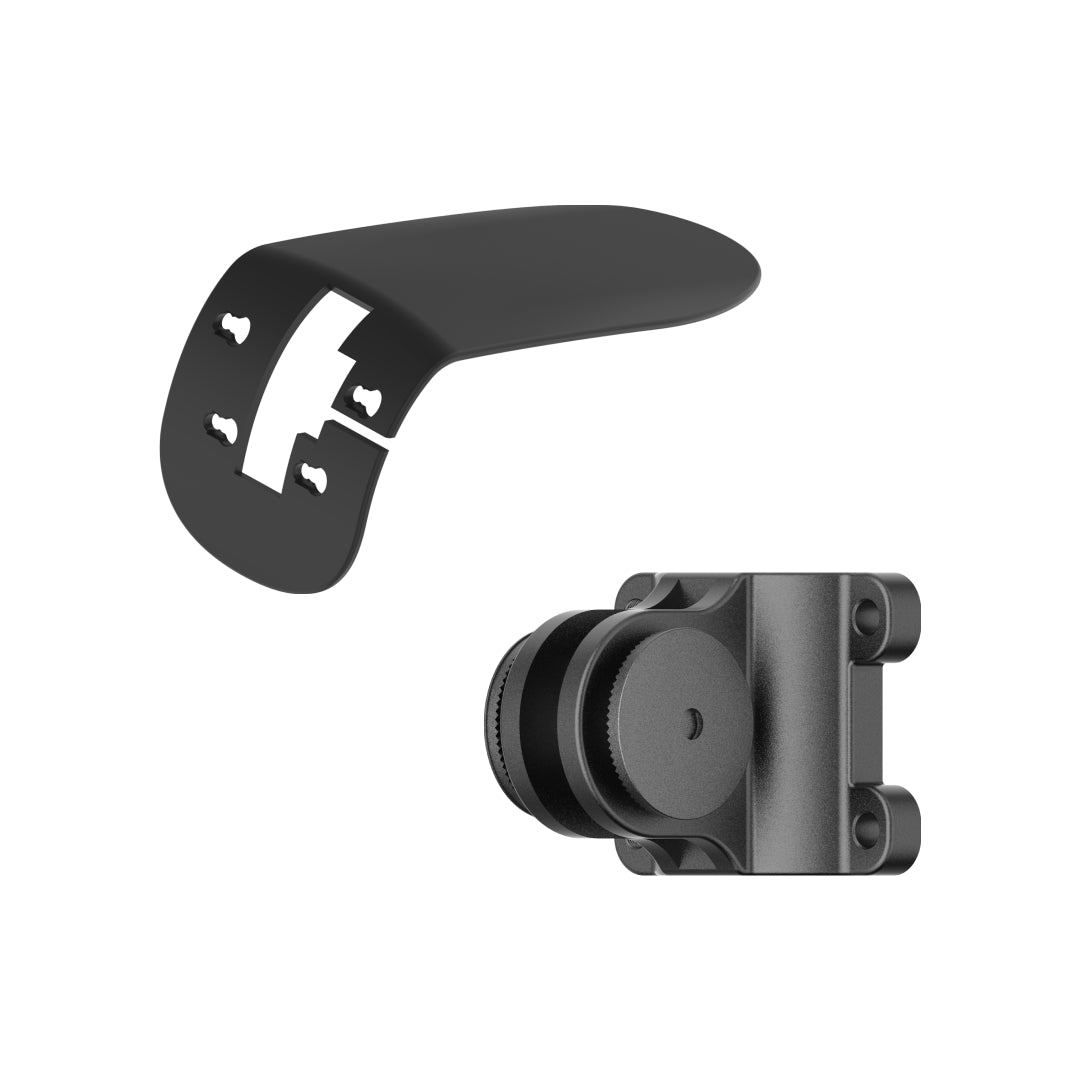
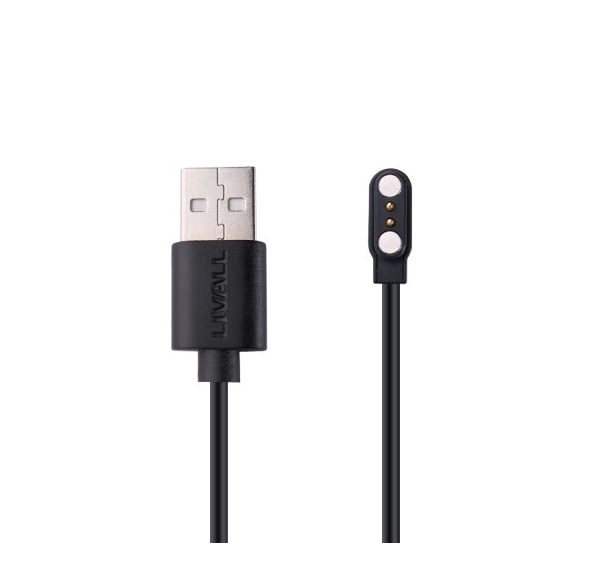
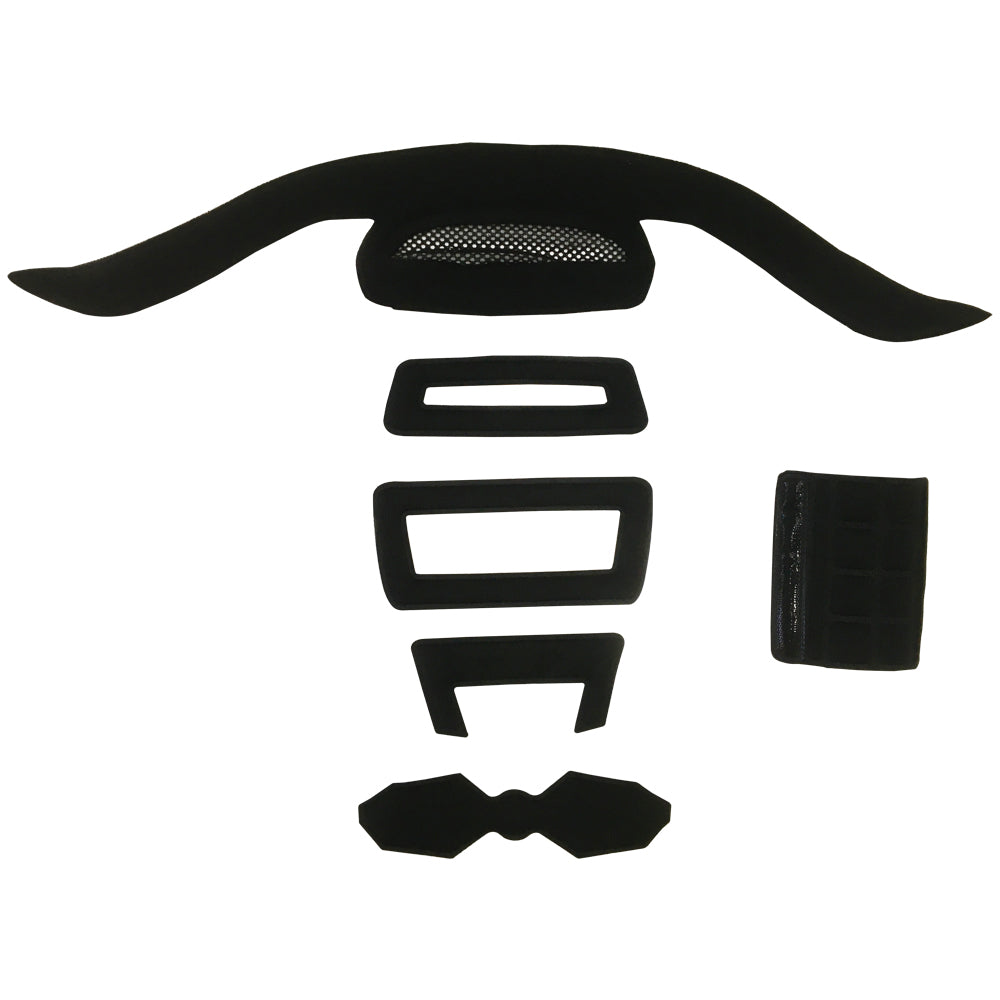
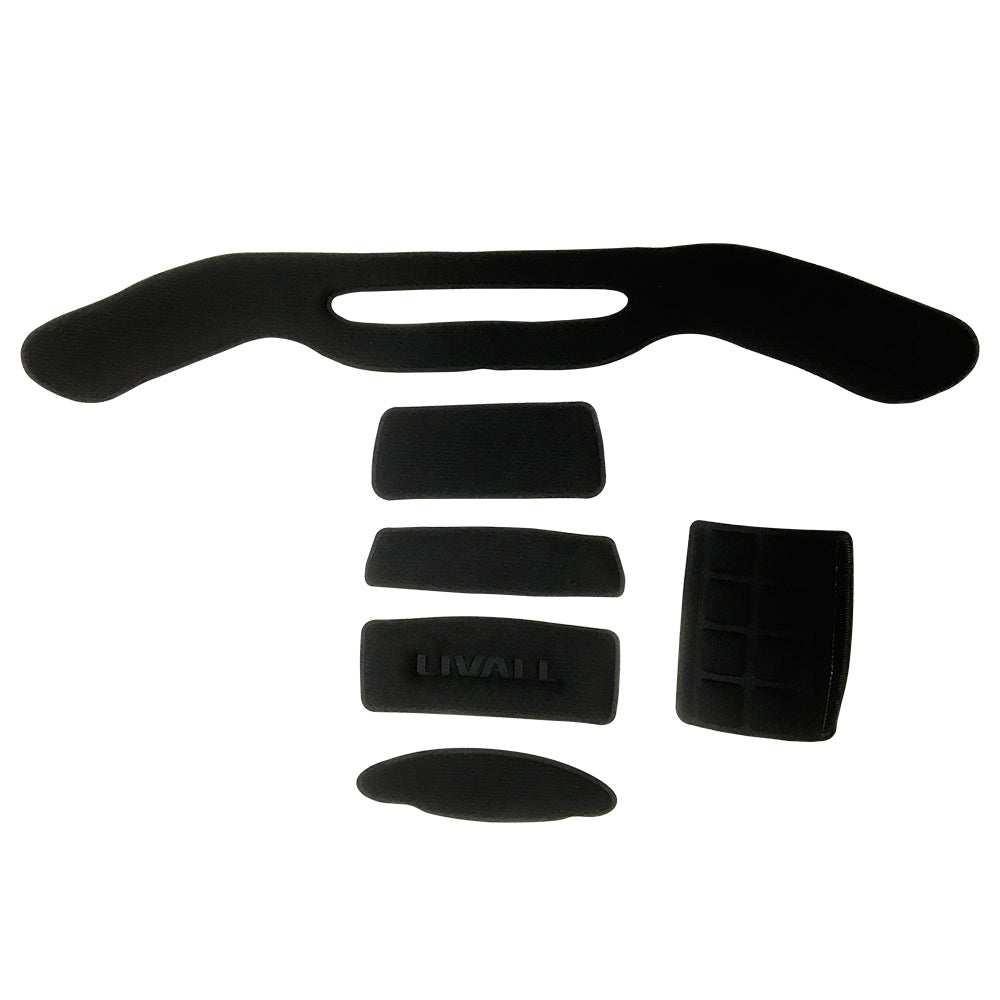
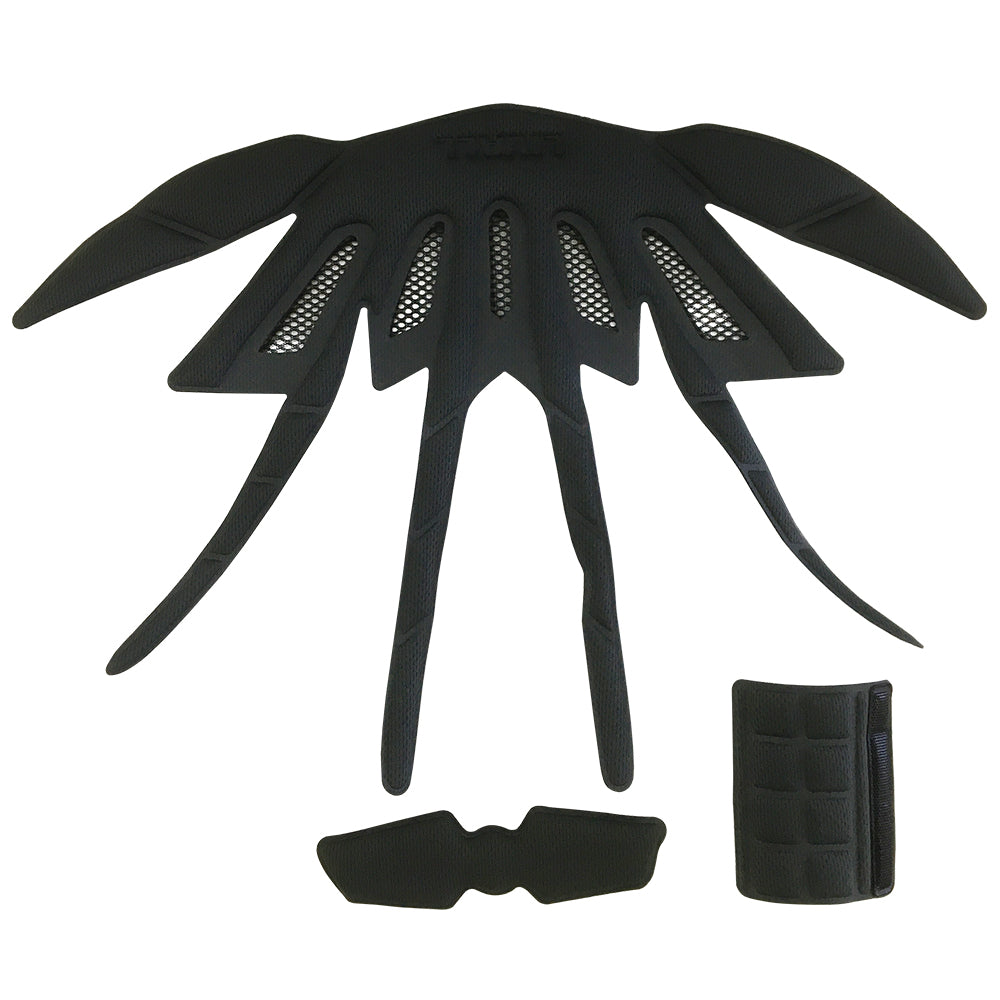
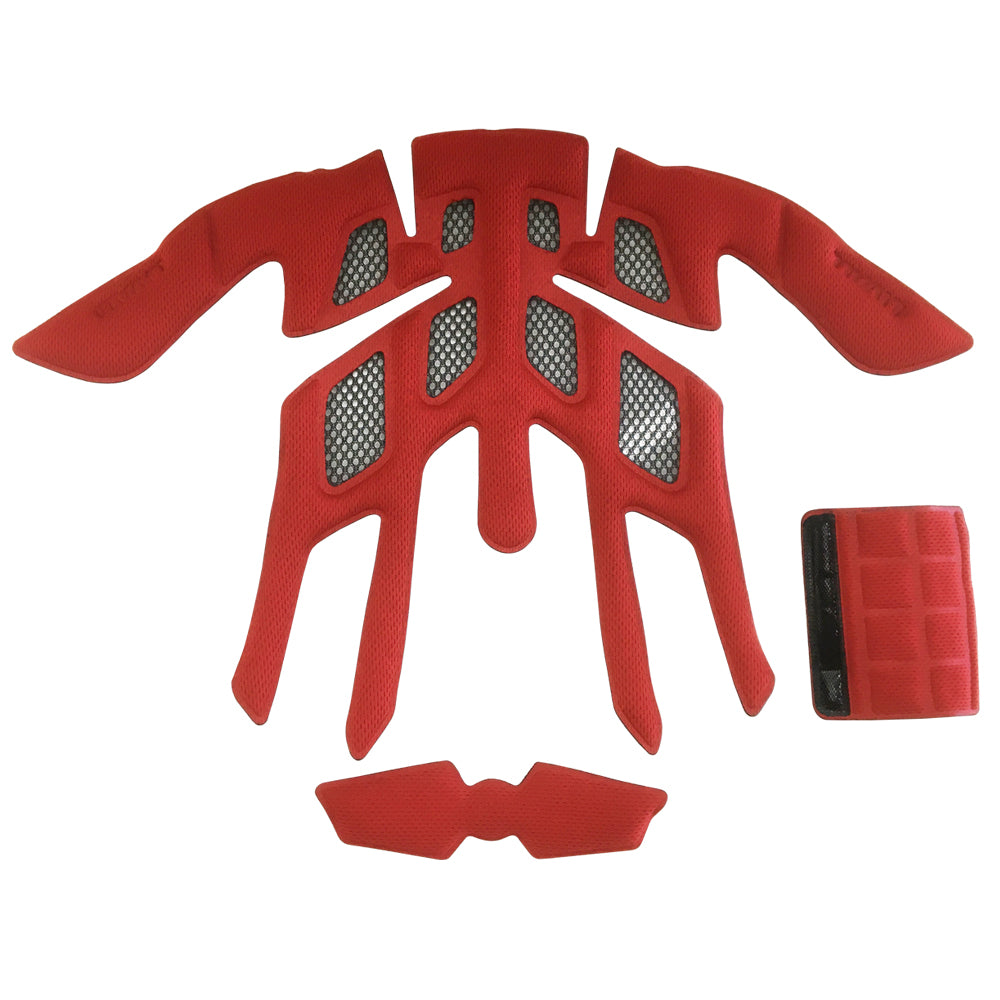
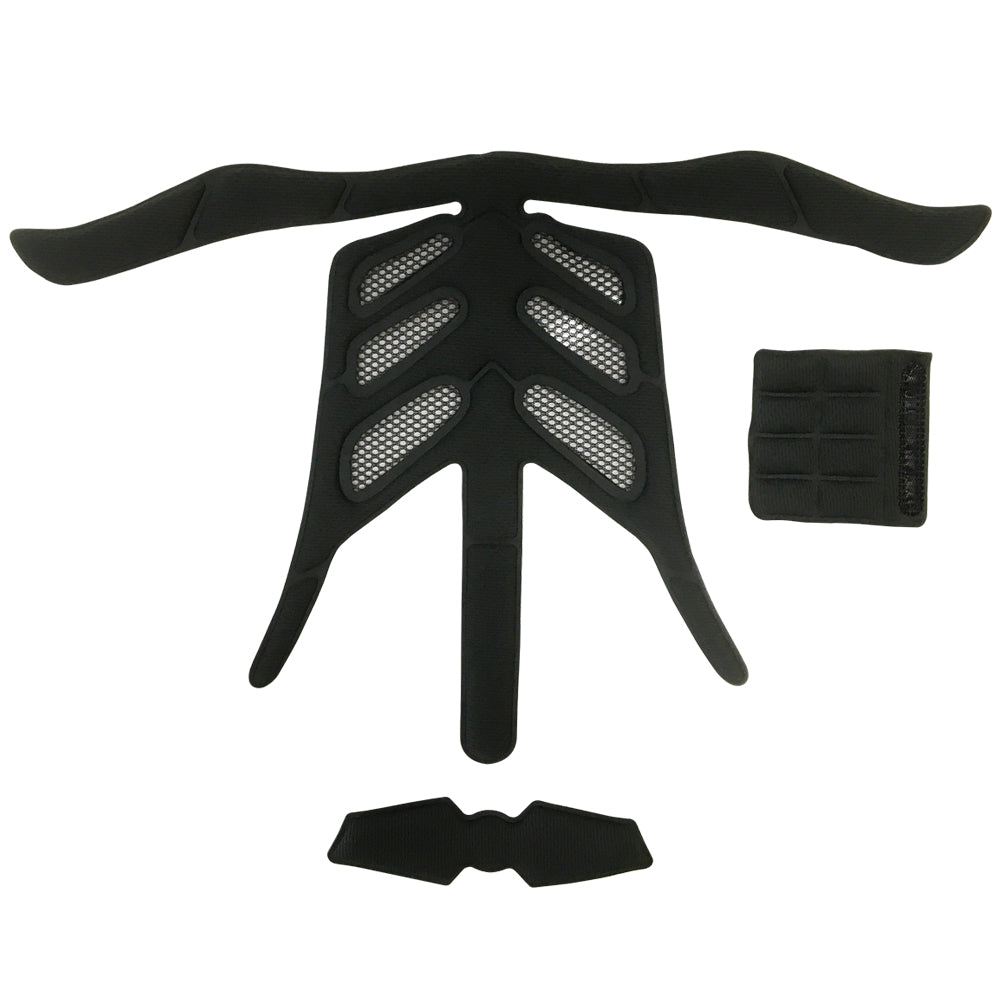
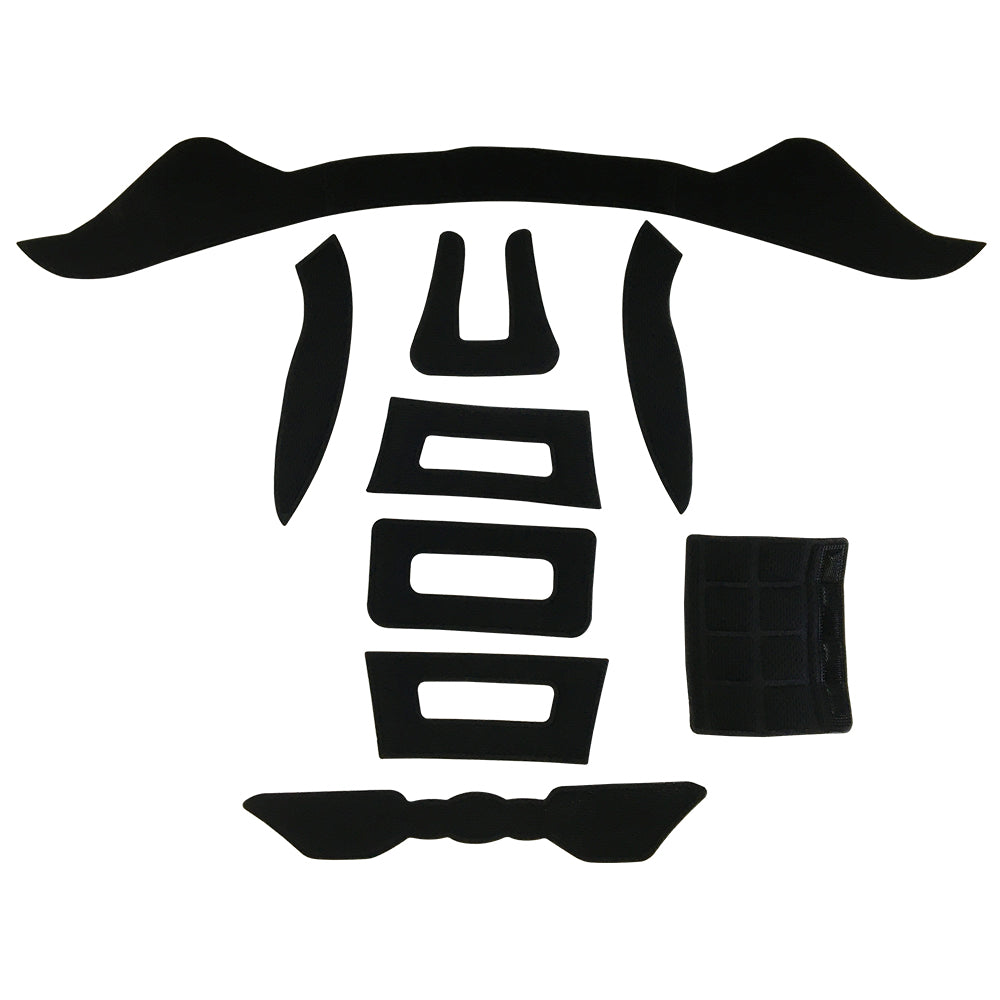

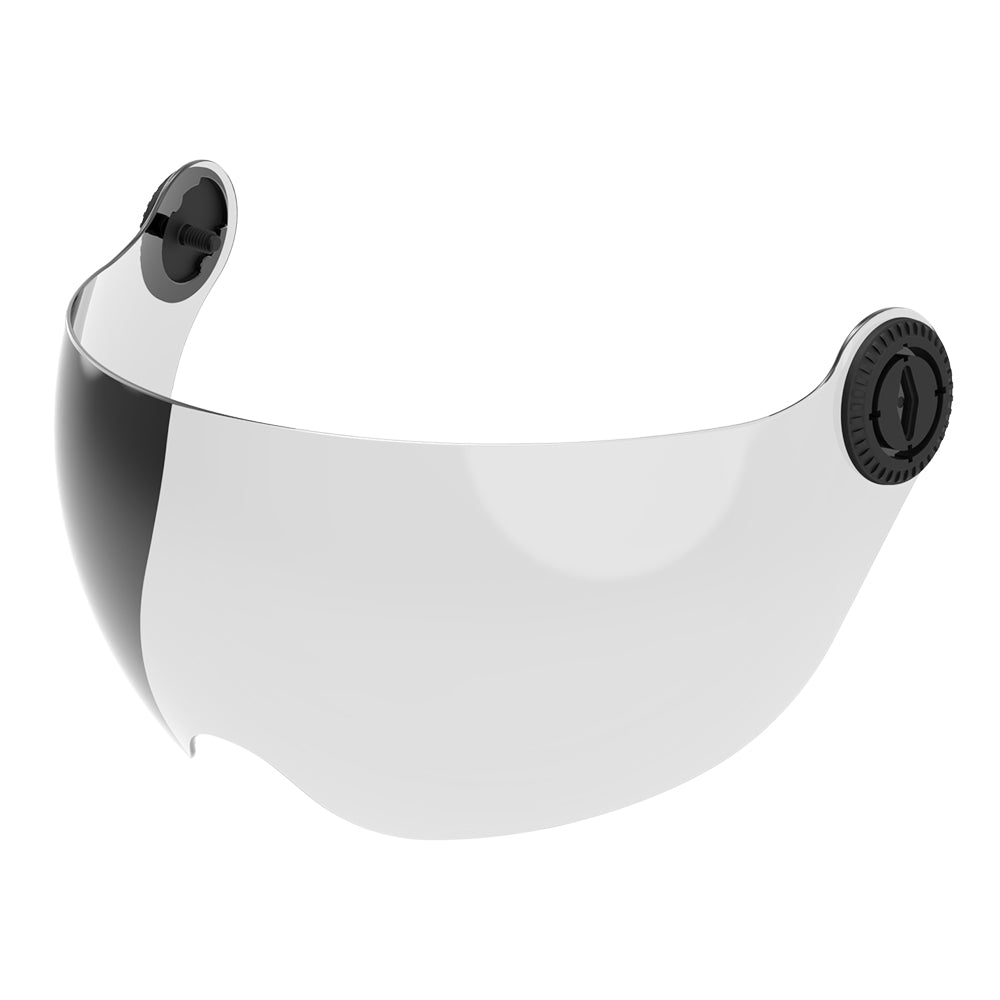
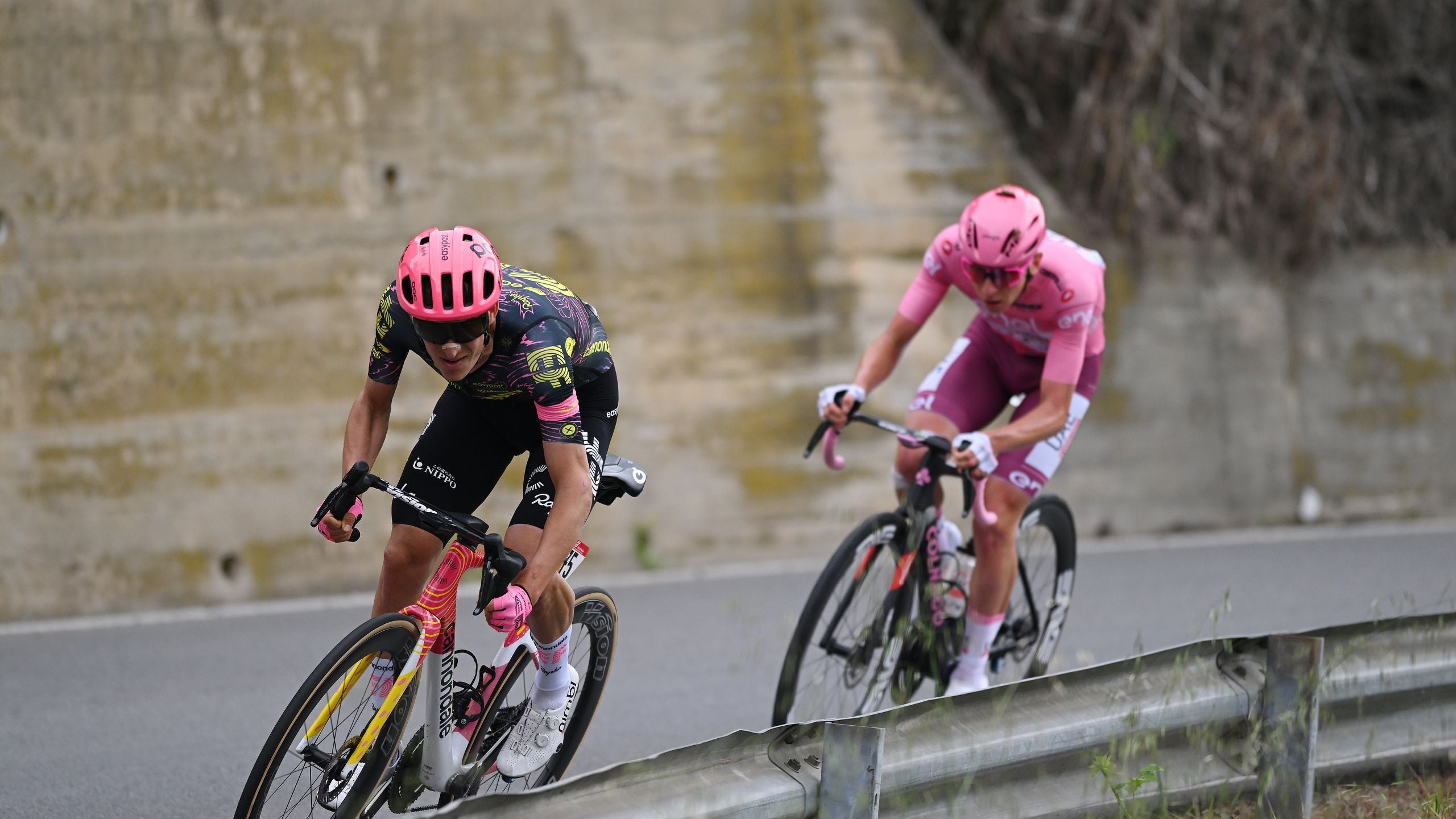
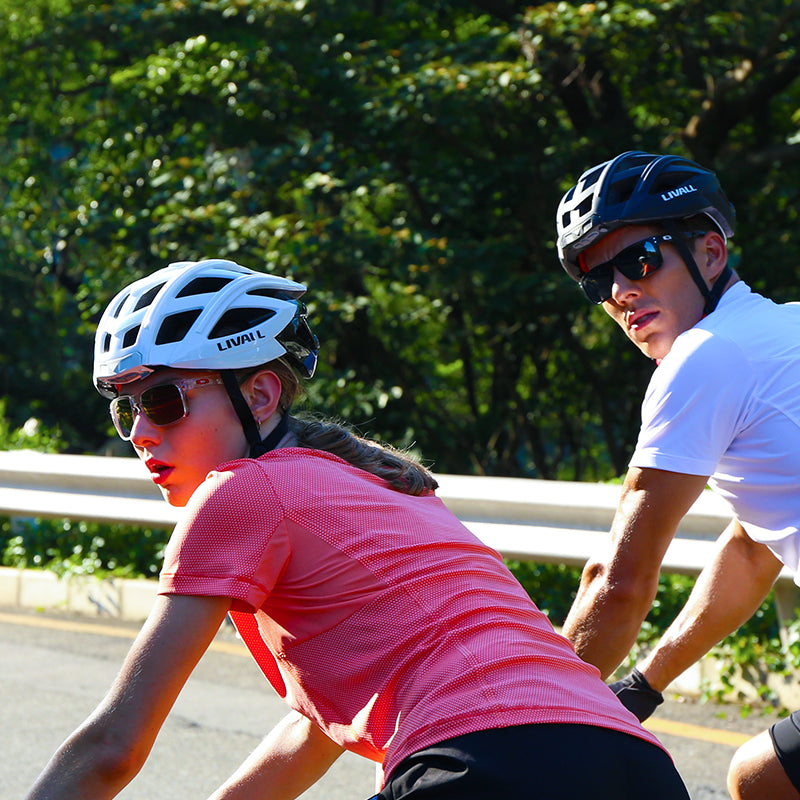
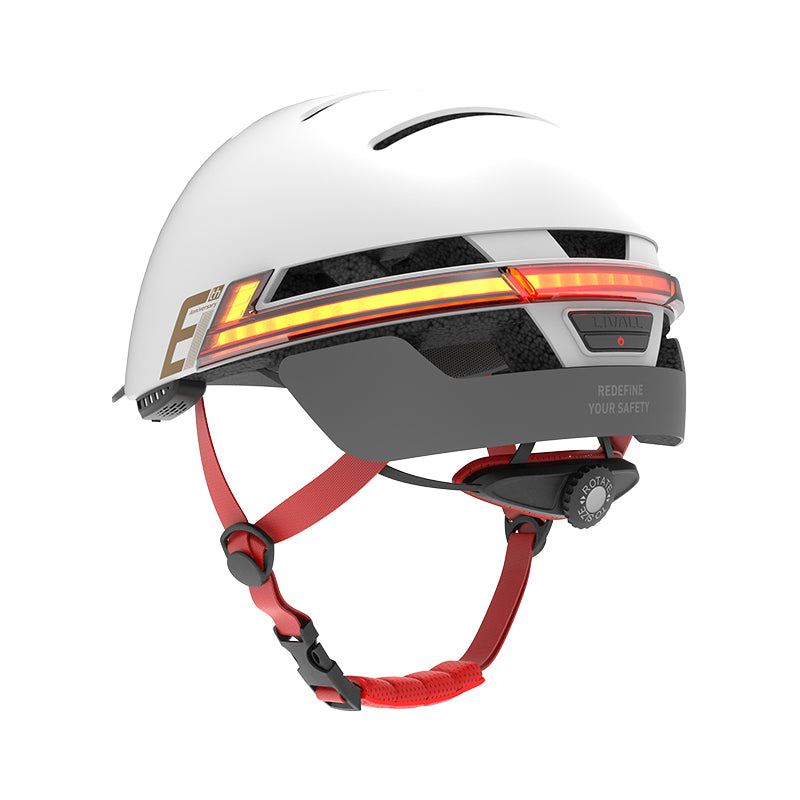
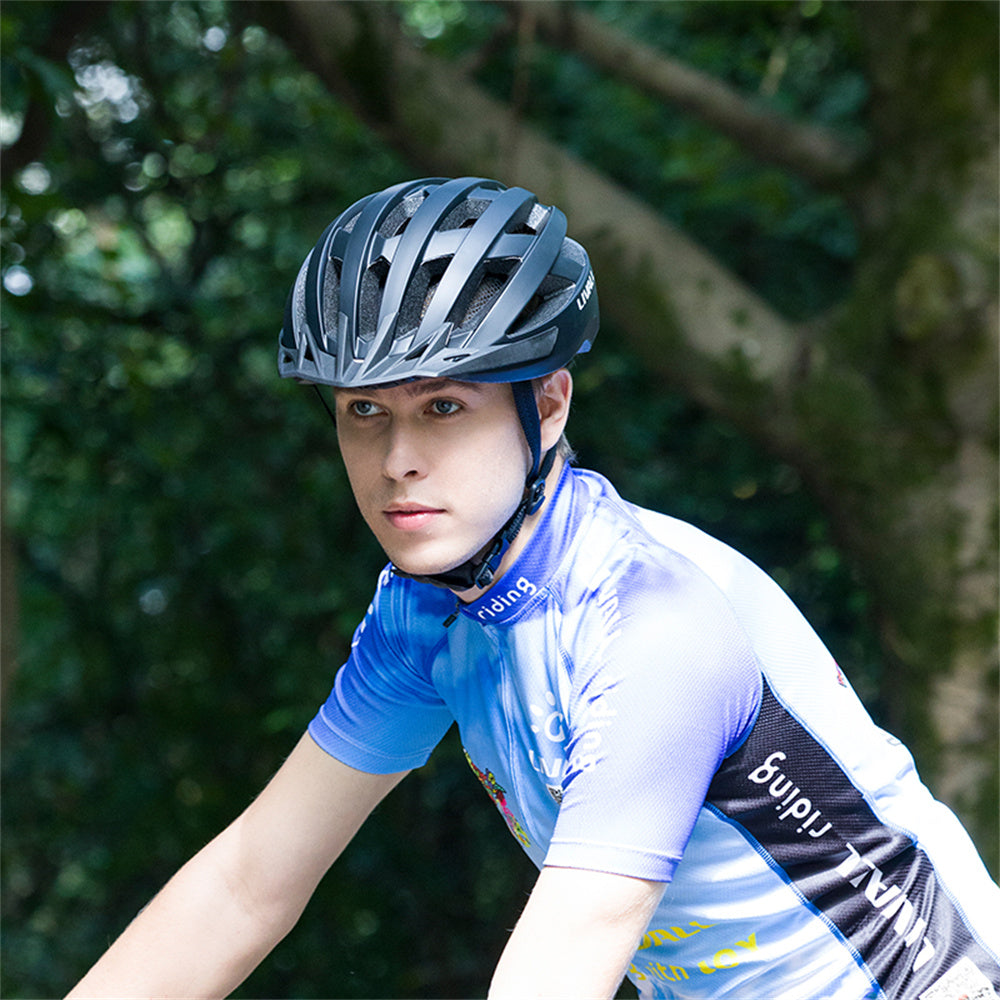
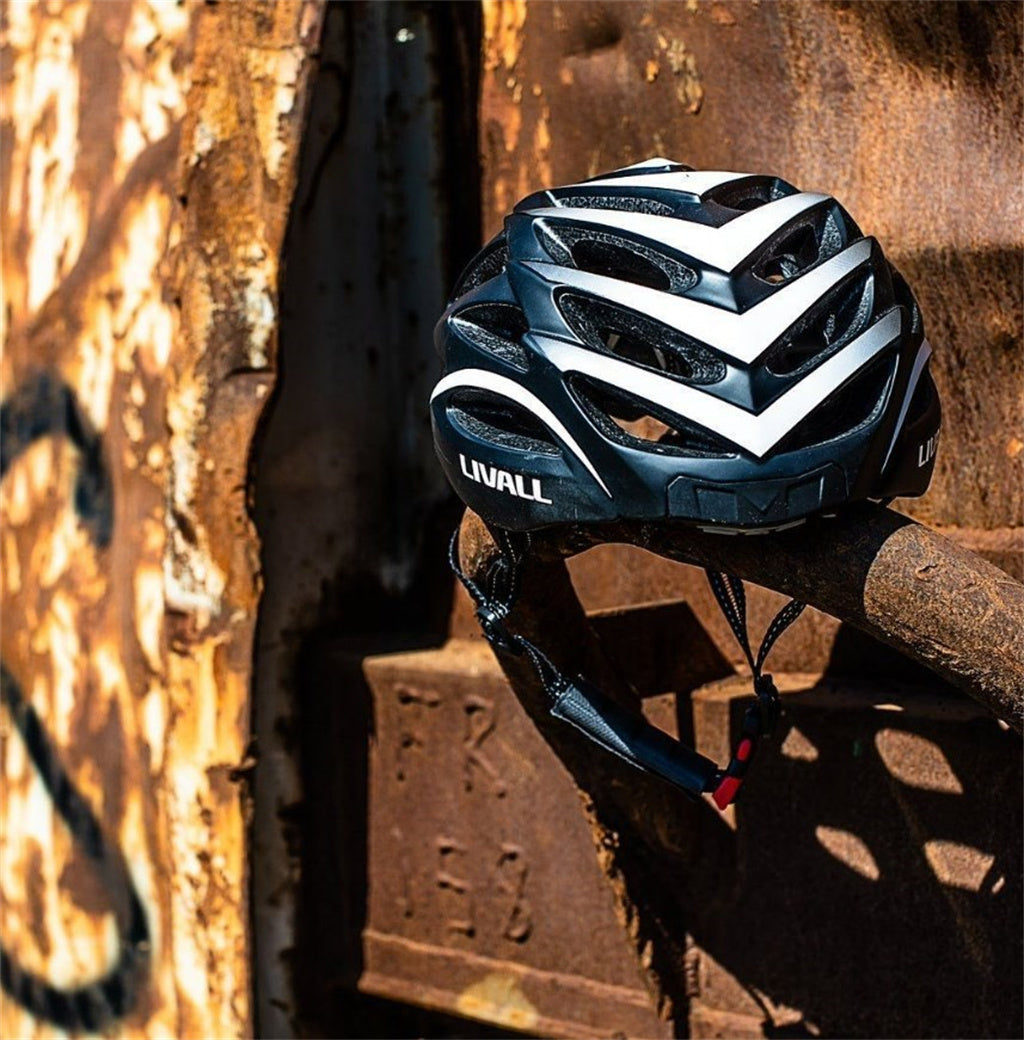


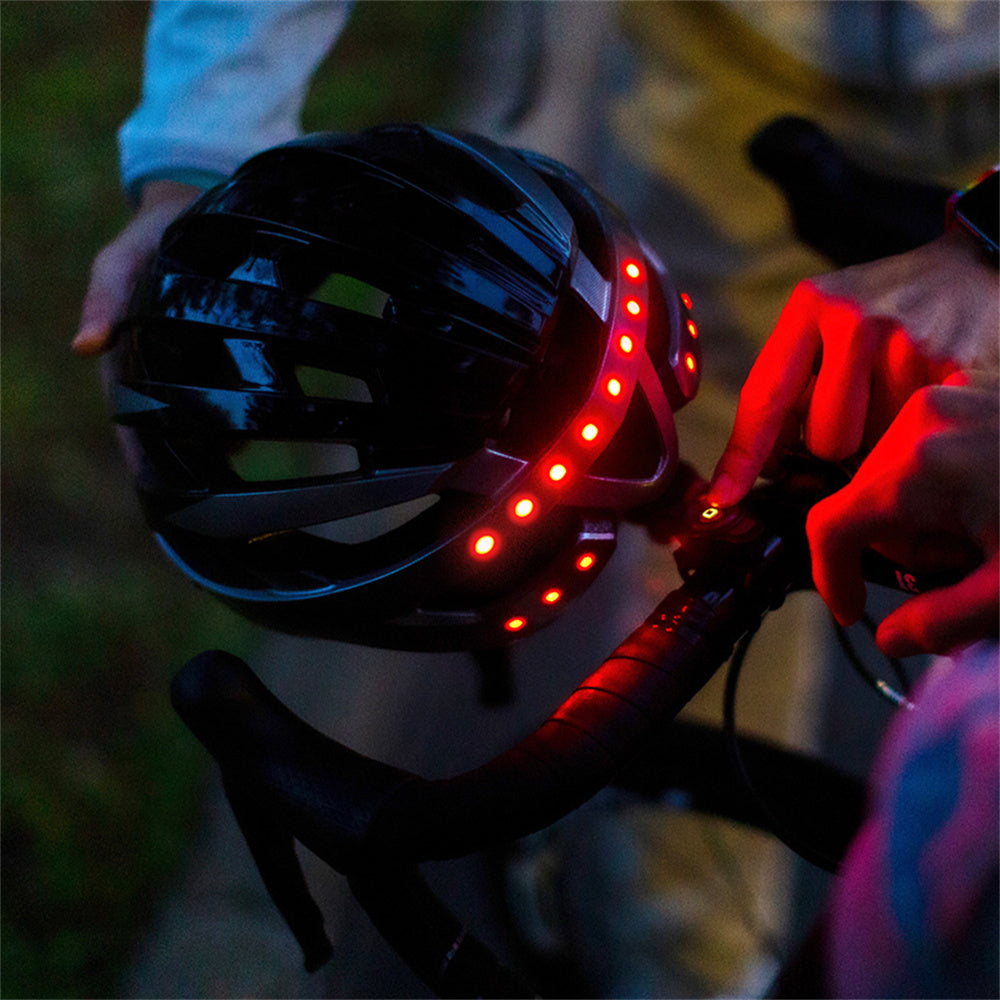


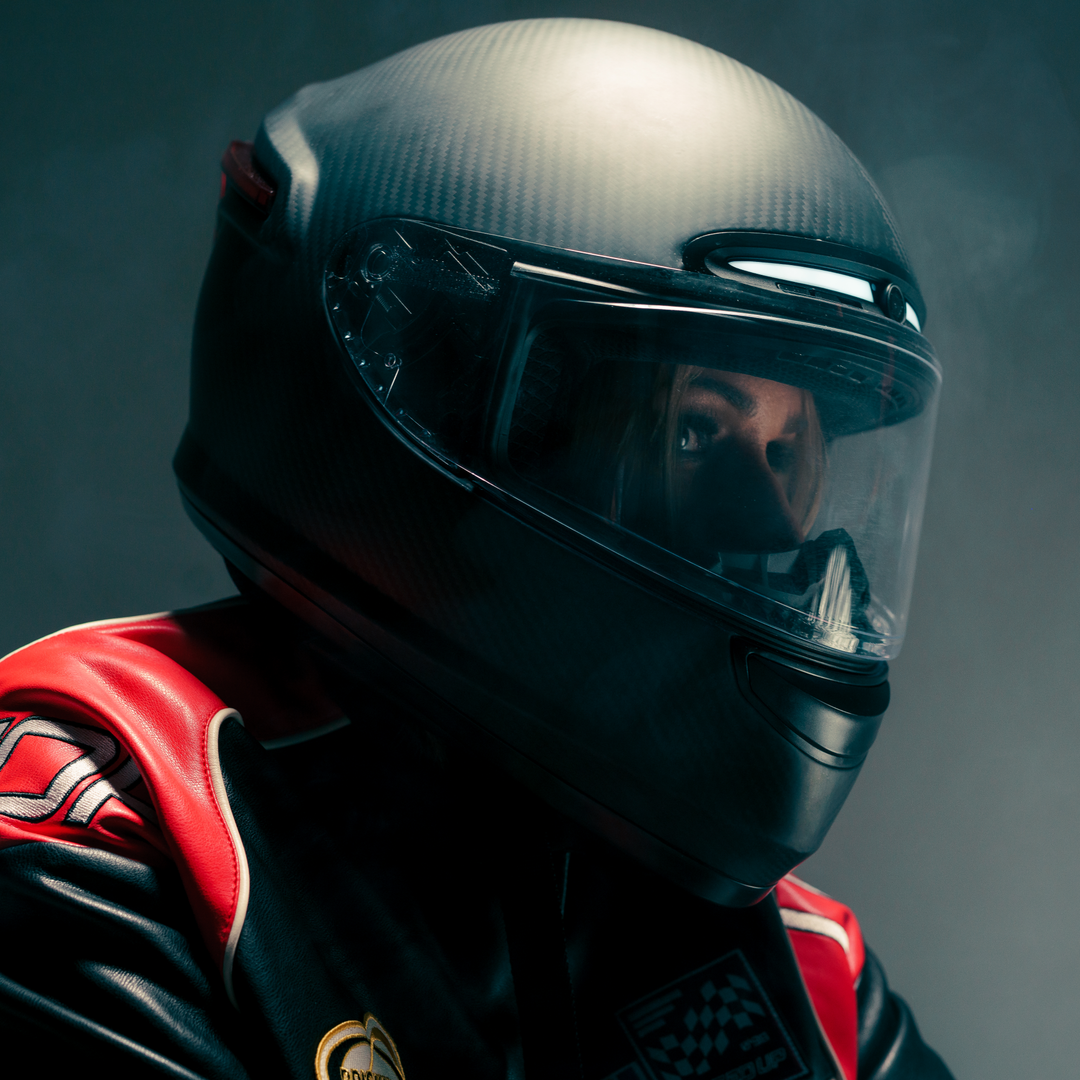
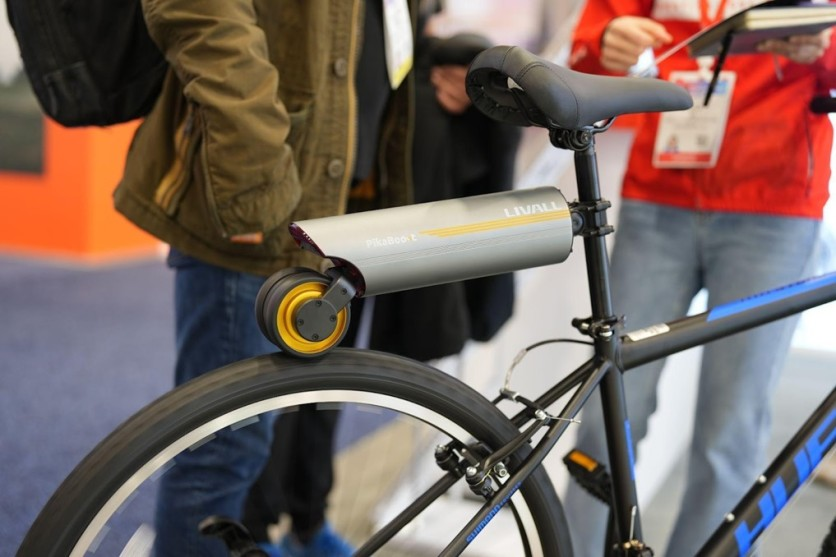

Leave a comment